With everyone jumping on the podcasting wagon and raving about the latest Instagram trend you might think that it makes sense to focus all your book marketing efforts on social media. However, it’s a mistake to think that stories and tweets are the only way to reach your readers.
Email marketing remains one of the most effective forms of book marketing. It offers a direct connection to your audience without relying on ever-changing social media platforms or third parties. It can drive author website traffic, increase awareness of your work and boost book sales. It’s versatile, low-cost and able to be automated.
Yet many authors often struggle with the idea of an email newsletter: they don’t know how often they should be contacting their email list, what to include in the email and how to send it out. In this post we’ll be covering the current best practices for email marketing and creating updates that your readers will look forward to receiving.
Email frequency
How often should you contact your readers? Sending an email newsletter too often will lower the quality of your content and overwhelm your readers. Conversely, if you are too sporadic in your communications your readers may forget who you are or why they subscribed to your list in the first place. While there is no hard and fast rule for the right amount: some authors send out a weekly update whilst others write every second month. For most authors, once a month is ideal. Aim to find the sweet spot where your readers are engaging with your content and you are enjoying producing your newsletter.
Building your email list
The first step in creating a solid author newsletter is building your list of email subscribers. Start collecting your readers’ email addresses via your website and at events. There are thousands of different ways to encourage readers to sign up, including giveaways, events, through social media and via your blog. In person the simplest way is often just to put out a signup sheet when you attend an event or you may choose to run your own event requiring email registration to attend. On your website make it as easy and enticing as possible for readers to sign up to your email list. Develop an irresistible opt-in gift or promote ‘email only’ specials to provide incentive.
Choosing an email marketing platform
Gone are the days of sending out bulk emails from your personal email account. Now email marketing platforms, such as MailChimp, ConvertKit and Constant Contact, make it easy to manage your email lists, create and send user-friendly email newsletters and track the performance of your email campaigns. There are dozens of email marketing services available, at a range of different price points including free, so it’s important to take your time in weighing up what works for you.
It’s for your readers
So you have set up your email list and email marketing platform, now it’s time to create these irresistible emails. The first thing to know is that it’s not about you. It’s about your readers. You need to make it worth their time to open your email in the first place. Consider your own email habits. What are the emails that you look forward to, that you open and read? What do these emails have in common? What do you gain from reading them? Why do you look forward to them? This comes back to knowing your readers and knowing what interests them. Offer your readers value and speak to them on their terms.
Write an attention-grabbing subject line
Like the opening sentence in a book, your subject line should grab your reader’s attention. Keep it short and enticing, under 50 characters is best. Make it clear and concise. Compelling questions, calls-to-action, uplifting words and interesting phrases work well here. Avoid the word ‘newsletter’, demonstrate instead the value your newsletter offers. Your subject line may be your one chance to convince your readers to open your email so use it wisely.
Keep it short
In our time-poor society it’s important to keep your emails concise and direct. An email should be scannable: think clear bold headlines, short paragraphs and easily identifiable click-through links. Don’t try to cram too much information in. A Constant Contact study shows that emails containing 200 words have the best click-through rate. Consider what you can convey in a visual form, using images and videos to break up blocks of text.
Keep it simple
Don’t overcomplicate your emails with fancy fonts and templates. A white background and black font works fine. Give your newsletter a clear, uncluttered layout with plenty of white space. Your email should be as visual enticing as it is readable. Keep your author branding in mind and make your emails easily identifiable by displaying your logo or author photo and using the same colors and fonts throughout.
Link to your author platform
Don’t forget to include the links to your author website, social media and book selling sites. Make it as easy as possible for your readers to find out more and purchase your books.
Proofread before sending
Your newsletter is the professional front you present to your readers so it’s vital that it looks the part. Always proofread your newsletter for grammar and spelling. Send yourself a test email to check that the links are working and everything is looking like it should.








